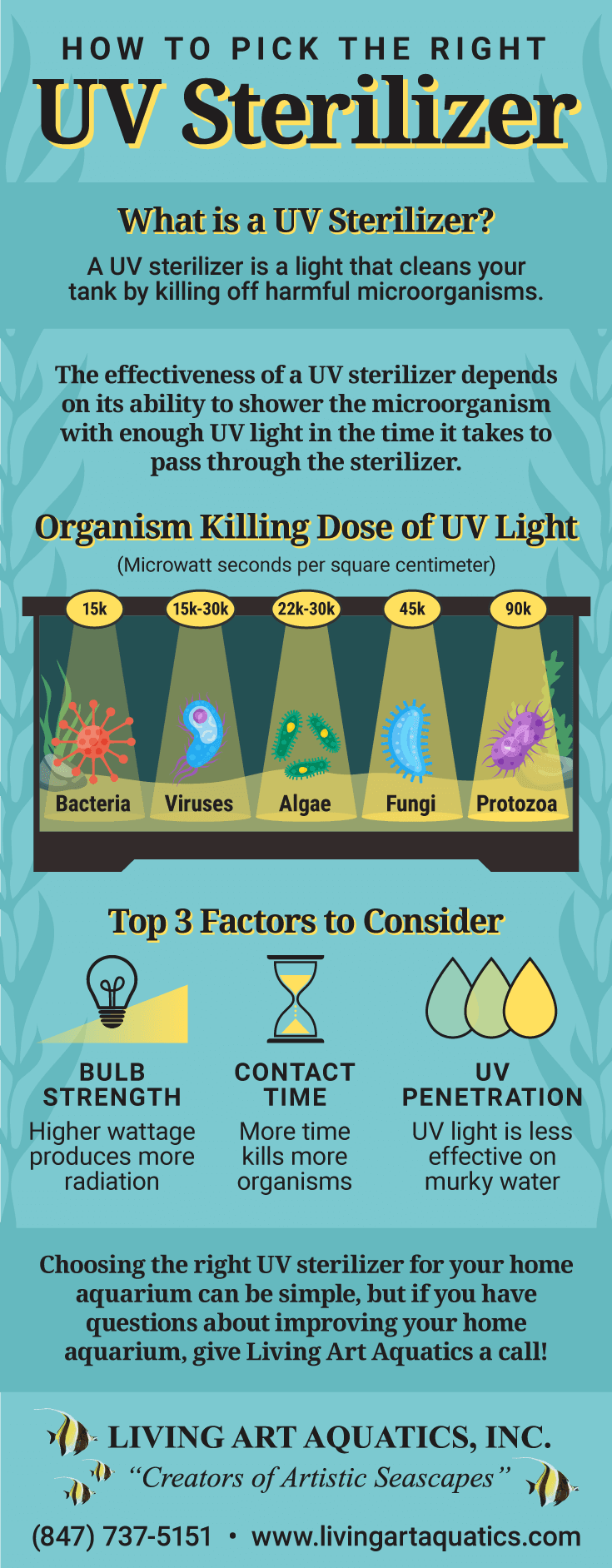Some Known Incorrect Statements About Uvc Light
Some Known Incorrect Statements About Uvc Light
Blog Article
Uvc Light Things To Know Before You Get This
Table of ContentsUvc Light Fundamentals ExplainedThe Buzz on Uvc Light6 Easy Facts About Uvc Light ShownSome Known Details About Uvc Light Not known Details About Uvc Light The Single Strategy To Use For Uvc Light
A new type of ultraviolet light that might be risk-free for individuals took much less than five minutes to decrease the level of indoor air-borne microbes by more than 98%, a joint research by researchers at Columbia College Vagelos University of Physicians and Surgeons and in the U.K. has found. Also as germs remained to be sprayed into the area, the level continued to be very low as lengthy as the lights were on.But until now these research studies had only been conducted in small speculative chambers, not in full-sized rooms mimicking real-world problems. In the present research study, researchers at the College of St. Andrews, University of Dundee, University of Leeds, and Columbia University checked the efficiency of far-UVC light in a huge room-sized chamber with the exact same ventilation price as a regular office or home (concerning 3 air changes per hour).
The efficiency of different methods to minimizing interior virus degrees is usually measured in terms of comparable air adjustments per hour. In this study, far-UVC lamps created the equivalent of 184 equivalent air exchanges per hour. This exceeds any type of various other method to decontaminating busy interior areas, where 5 to 20 equivalent air adjustments per hour is the most effective that can be attained almost.
The Uvc Light Diaries

The major criteria of UV-C sanitation are wavelength, dose, relative moisture, and temperature level. There is no consensus about their optimum worths, however, in general, light at a high dosage and a range of wavelengths consisting of 260 nm is preferred in an environment at area temperature with low family member humidity. This light can be generated by mercury-vapour, light-emitting diode (LED), pulsed-xenon, or excimer lights.
Likewise, there are health and safety and security dangers connected with the UV-C modern technology when utilized in the proximity of individuals. UV-C disinfection systems have encouraging functions and the potential to enhance in the future. Information surrounding the different criteria affecting the technologies' effectiveness in medical facility setting are needed. UV-C disinfection must presently be considered for low-level rather than top-level disinfection.
One more application developed in 1910 when UV light was utilized to decontaminate water. Nowadays, UV light is utilized for water, air, food, surface, and medical devices disinfection.
Everything about Uvc Light
This results in the disruption of DNA or RNA, leading to the inactivation of the micro-organism. UV-C-induced DNA interruption frequently is composed of the bonding of two neighbouring thymine (or cytosine) bases rather of the conventional linking of a base with its corresponding base on the other strand.

The UV-C area is utilized for disinfection however there is no consensus on the precise ideal wavelength. Light at 260 nm can trigger the most interruption. Various micro-organisms are most susceptible to somewhat different wavelengths.
All about Uvc Light
It also has an extra Continue benefit by reducing photoreactivation via a reduction of photolyase [9] On the other hand, it has technical ramifications because the total power of the light beam of light is then divided over all existing wavelengths. A micro-organism that is vulnerable to 254 nm light will certainly be inactivated extra by a lamp that emits exclusively light at 254 nm than a lamp that sends out a wavelength range at equal overall power.
Exposure times of 1045 min for area disinfection and 25 s to 5 min for clinical equipment were come across in literary works. The intensity is vice versa symmetrical to the squared distance in between the light and the surface and is as a result specified at the surface in the dose estimation formula [14]
Even more, the outcome of a light lowers over time, so more it is suggested to determine the dosage at the end of light life, which is rep of a worst-case situation. The dosage also influences the amount of photoreactivation. Quek et al. discovered that the portion of photoreactivation lowered from 5.31% to 0% for a rise in dosage from 1.6 to 19.7 mJ/cm2 [8]
Zhang et al. observed a change in UV irradiance of 34% when the RH boosted from 50% to 90% [18] The quantity of RH impact on UV performance relies on visit their website today micro-organism and is much more obvious for germs than for viruses [16] Last but not least, the impact of temperature depends on the light.
Some Known Incorrect Statements About Uvc Light


This is known as much UV-C technology and is a reasonably new sanitation method with minimal understanding concerning its efficiency.
In research, the outcomes on pulsed versus continual UV-C disinfection effectiveness differ. When comparing pulsed and constant light it is crucial to maintain other variables such as wavelength and dose consistent.
All about Uvc Light
In case ozone is not required for sanitation, a changed light can be utilized. For mercury-vapour lamps, doped quartz glass or specialized soft glass can filter out short-wave UV-C light - uvc light.
Report this page